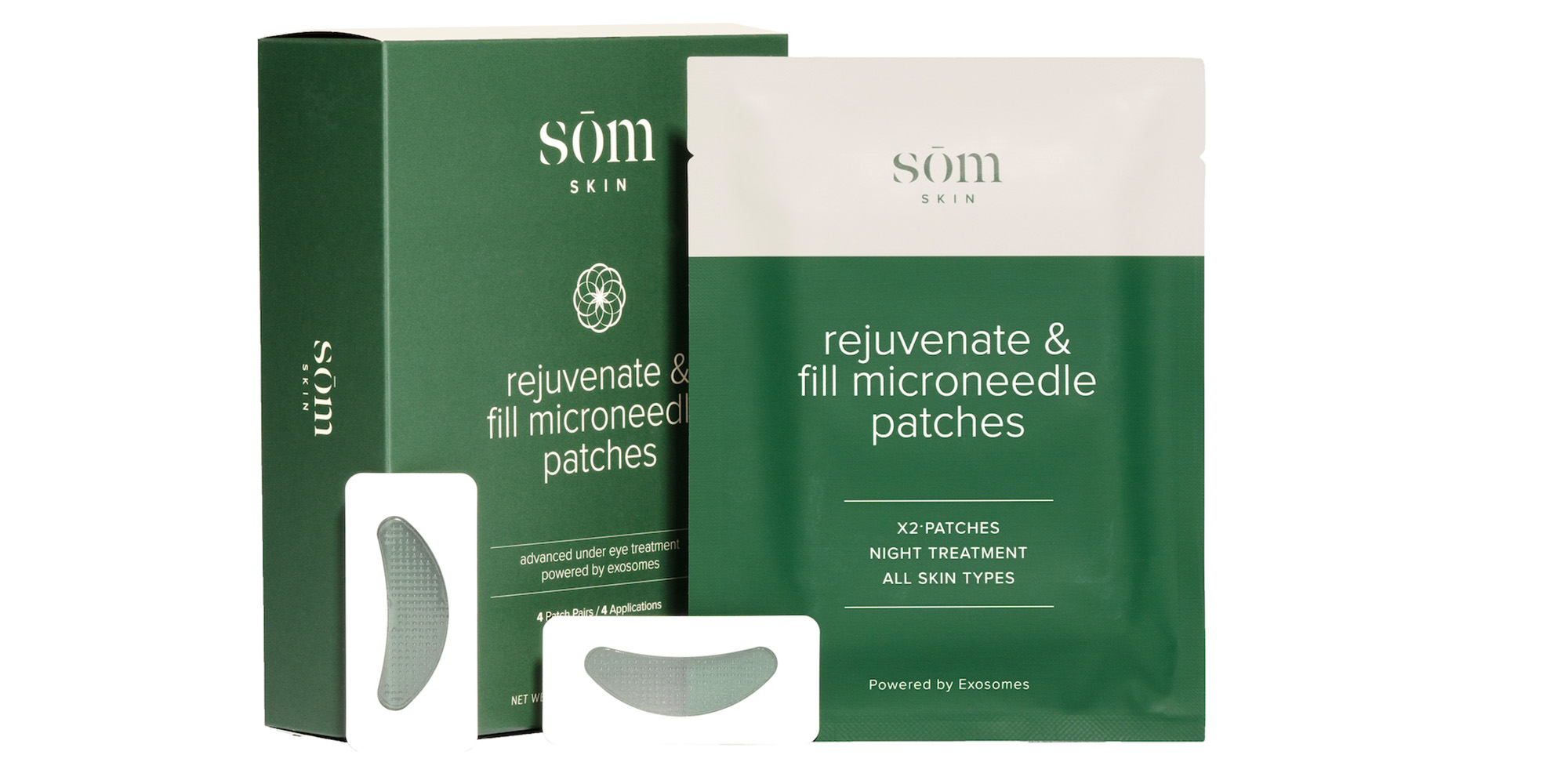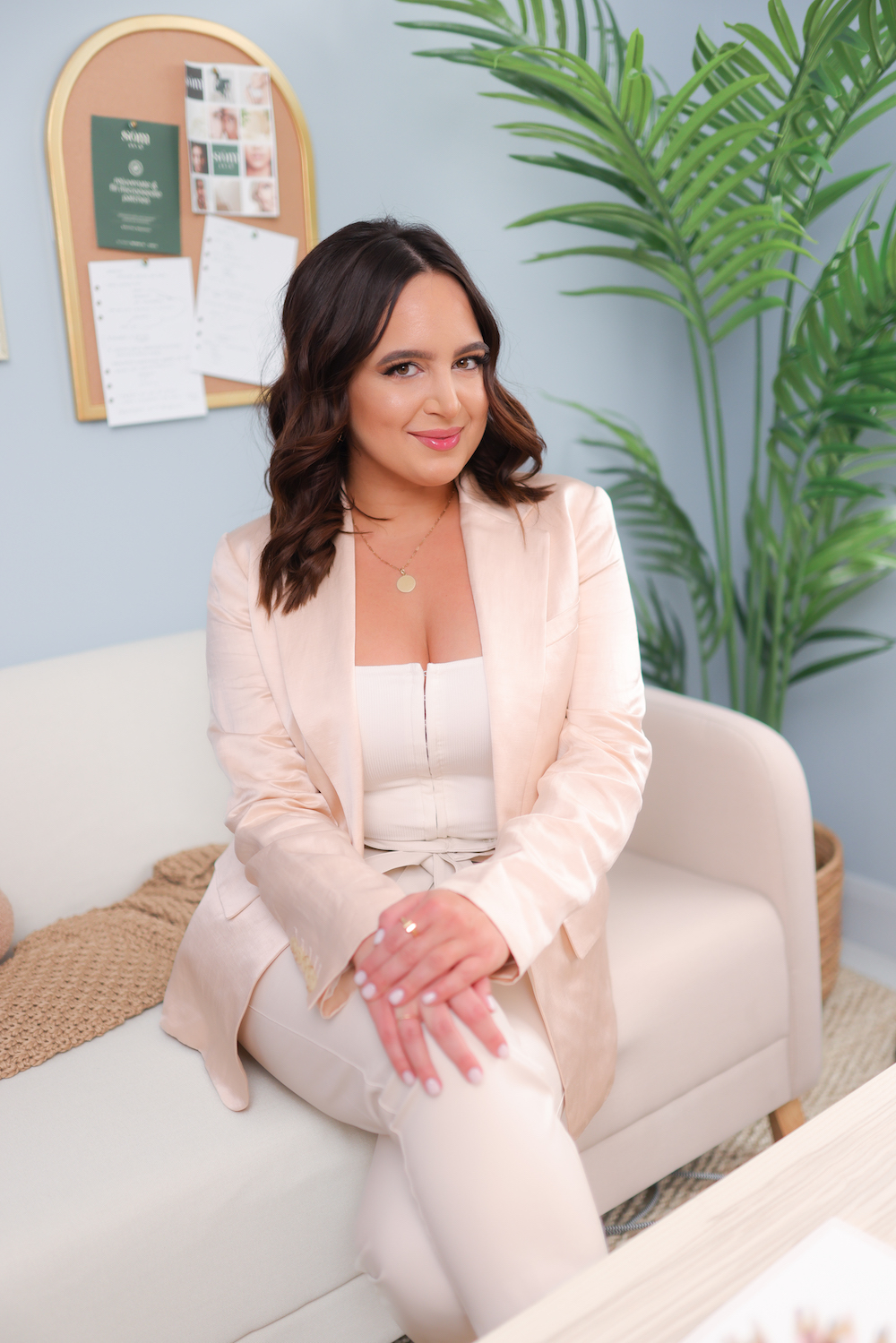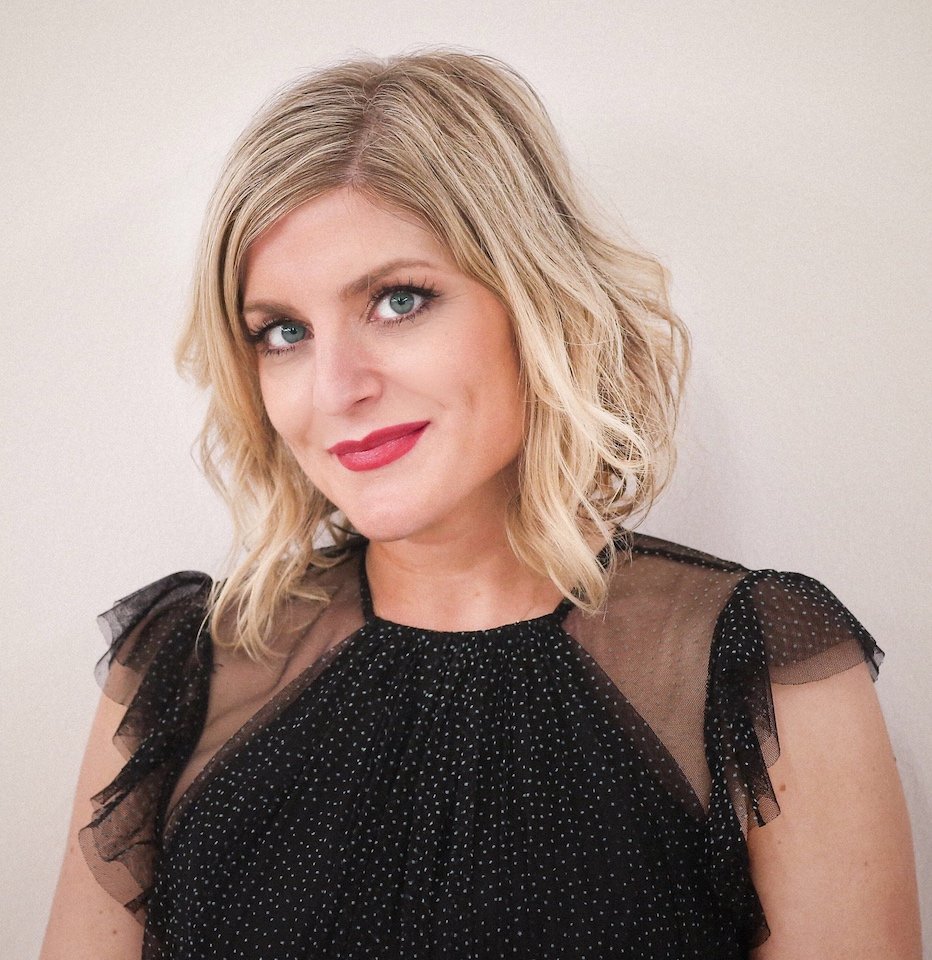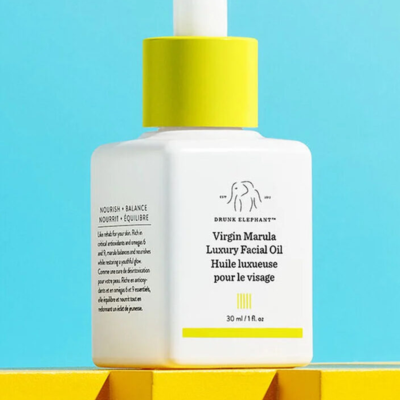
Sōm Skin Is Bringing The Power Of Exosomes To People’s Homes
Sōm Skin founder Sophia Moradi has had a front-row seat to exosomes’ emergence as a star ingredient.
Her mother, Silva Moradi, has been CEO of Avalon Surgery Center in Glendale, Calif., where exosomes have long been turned to for helping sports injuries and chronic illness, since 2007, and Sophia has worked at Avalon since 2015. When she started at Avalon, however, keeping exosomes stable at room temperature was extremely tricky and their use was relegated to treatment rooms as a result.
But their limited use didn’t prevent them from catching on. In med-spas and doctors’ offices, exosomes, which are sterilized stem cells from donor bone marrow, spread and were incorporated in services such as microneedling and radiofrequency to accelerate healing and amplify desired outcomes.
Thinking of building a brand centered on exosomes, Sophia recounts, “Throughout the years, my mom would always be like, ‘When are we going to be able to start this?’ It was at the top of our dream list, but it was far out of reach.”
Today, that dream isn’t out of reach. Exosomes are extending beyond treatment rooms to consumers broadly as companies stabilize them at room temperature. Sophia found a lab partner that could do just that, and Sōm Skin was born.

The brand is launching with a single $280 product, Rejuvenate & Fill Microneedle Patches, exosome-infused hydrocolloid under eye-masks crafted with microneedling technology designed to rejuvenate the delicate under-eye skin—or skin anywhere else. The microscopic self-dissolving needles in the hydrocolloid patches were chosen to gently penetrate the skin’s surface and enhance the absorption of the exosomes.
Each pack contains four patches, and customers are advised to wear the patches for one to three hours or overnight for best results. Sophia says they can be applied once a week, making each pack of Rejuvenate & Fill Microneedle Patches last a month. The effects will vary from person to person, and depending on them, application can be reduced to every other week as a maintenance measure.
Many consumers, especially those not acquainted with the benefits of topical application of exosomes or the cost of exosomes as an add-on in a treatment setting—anywhere from $300 to $1,300—may balk at under-eye masks priced at $70 each, but Sophia explains it took years of effort to get the retail price down to that amount. The Moradis self-funded Sōm Skin, but declined to share how much they spent to develop the brand.
“It does cost quite a bit to produce,” says Sophia. “We didn’t want the product to be thousands of dollars, so we played with the modality, making sure [the product] produced results. Sōm Skin started with eye patches because the under-eye is an area of concern for both men and women. To keep the price at $280, Sōm will only be sold direct-to-consumer on the brand’s website.”
Looking forward, she anticipates Sōm Skin’s assortment topping out at five to 10 products. Slated for later this year, the next release will be the brand’s marquee product, and the Moradis have been formulating it for years.
“Quality over quantity. The more we discover and the more we learn, the more we will launch. This is our passion,” says Sophia. “We’re not looking to be massively growth driven.”
Other luxury skincare brands have recently introduced exosome-infused products, including Dr. Barbara Sturm’s $425 Exoso-metic Eye Serum and Angela Caglia Skincare’s $395 Cell Forté Serum, $395. According to market research firm Grand View Research, the global exosomes market spanning therapeutic and and cosmetic use was valued at over $112 million in 2022 and is projected to expand at a whopping 32.75% compound annual growth rate by 2030.





Leave a Reply
You must be logged in to post a comment.